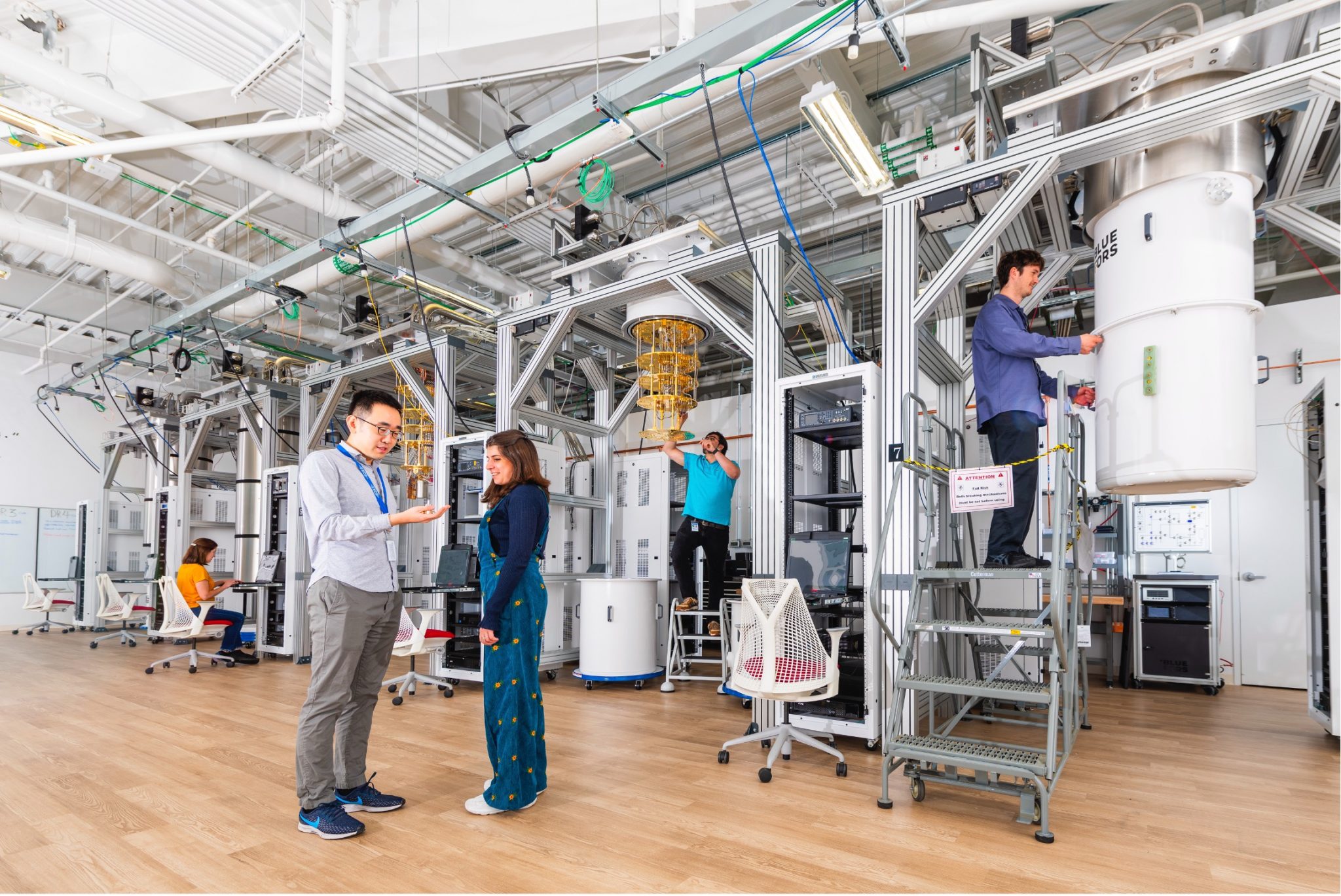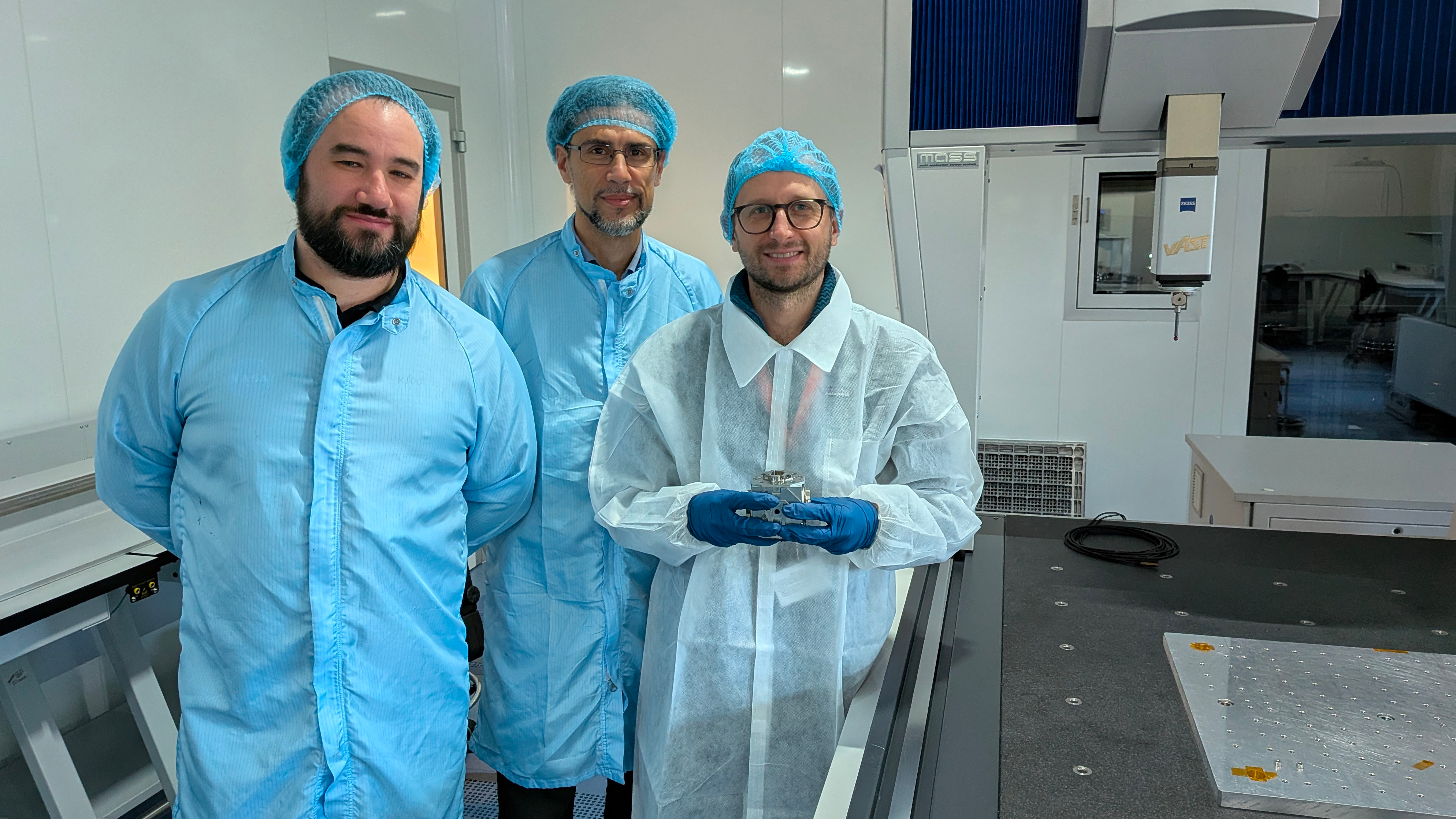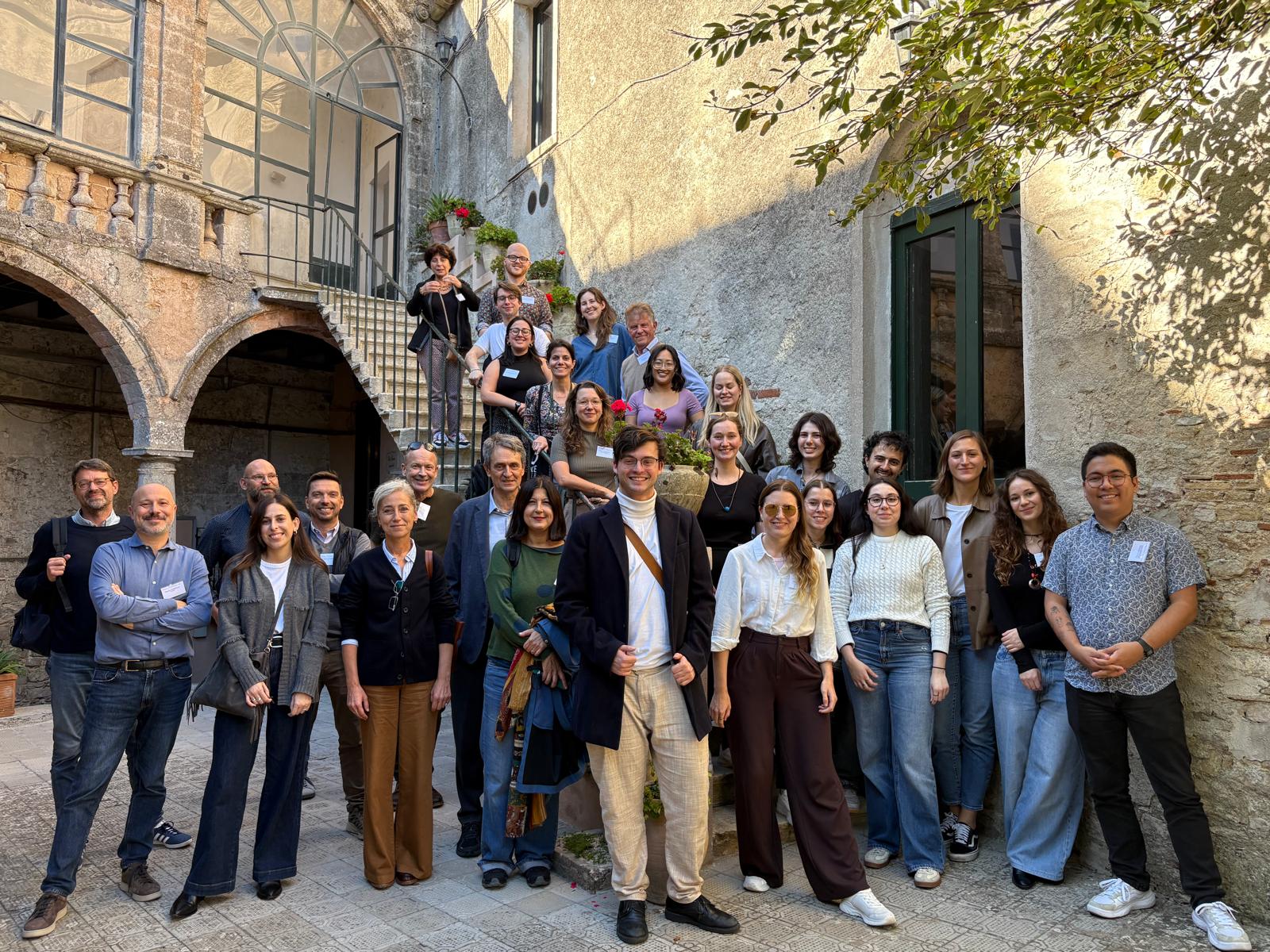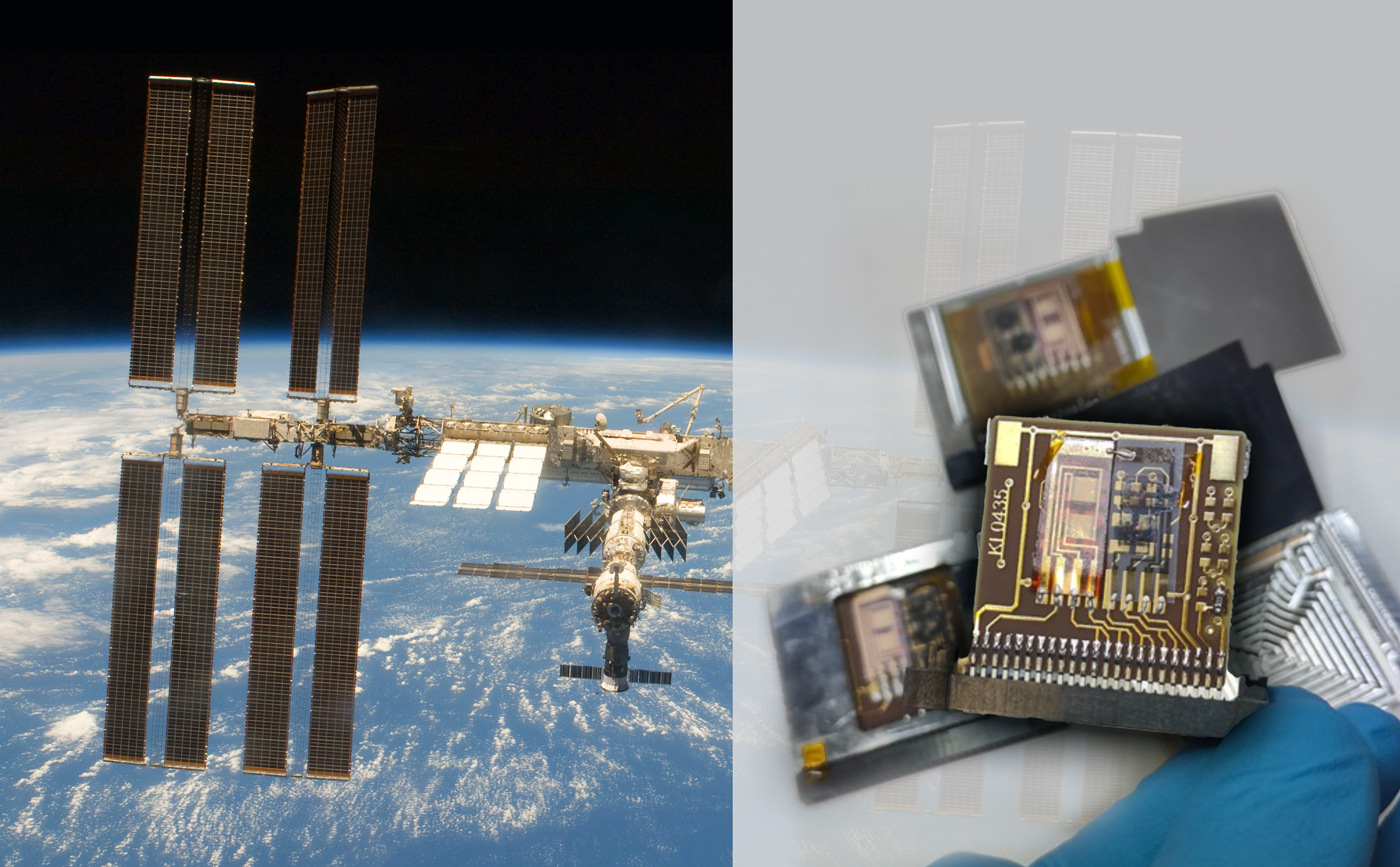Ionising radiation of cosmic origin is one of the main obstacles to human space exploration because it endangers the health of astronauts. Monitoring the amount of radiation that hits them in real time is crucial for designing adequate protections and thus, in the long run, for long-term human missions. Monitoring this natural radiation, the effects of which are greater in space due to the absence of the Earth’s atmosphere, is precisely the objective of the IRIS (acronym for Large area, wearable Ionising Radiation dosimeters for real-tIme crew perSonal monitoring) sensors, which were made in Italy as part of a project of the same name coordinated by the INFN TTLab and financed by the Italian Space Agency (ASI). The sensors arrived on ISS, the International Space Station, on 15 March aboard the SpaceX Crew-10 capsule.
“The IRIS project has created practical sensors to be able to monitor astronauts’ exposure to radiation in real time: today they can be worn imperceptibly throughout their time in extraterrestrial habitats and, in the future, may even be used to monitor in situ radiation exposure of particularly delicate organs”, explains Beatrice Fraboni, INFN researcher and professor at the University of Bologna, in charge of the IRIS project.
IRIS sensors are dosimeters capable of detecting and transmitting in real time to the operations center (on the ground or at the space base itself) the radiation dose received by the wearer, so that an immediate alarm can be triggered in case of overexposure. Their extremely small volume and weight, combined with the very low power supply required, offer a significant advantage and make them particularly suitable for use in space missions to continuously monitor the safety of the space crew. These sensors have been produced with innovative materials and fabrication techniques that could allow them to be made in the future directly at extraterrestrial bases, such as the ISS, or during long-duration space missions.






